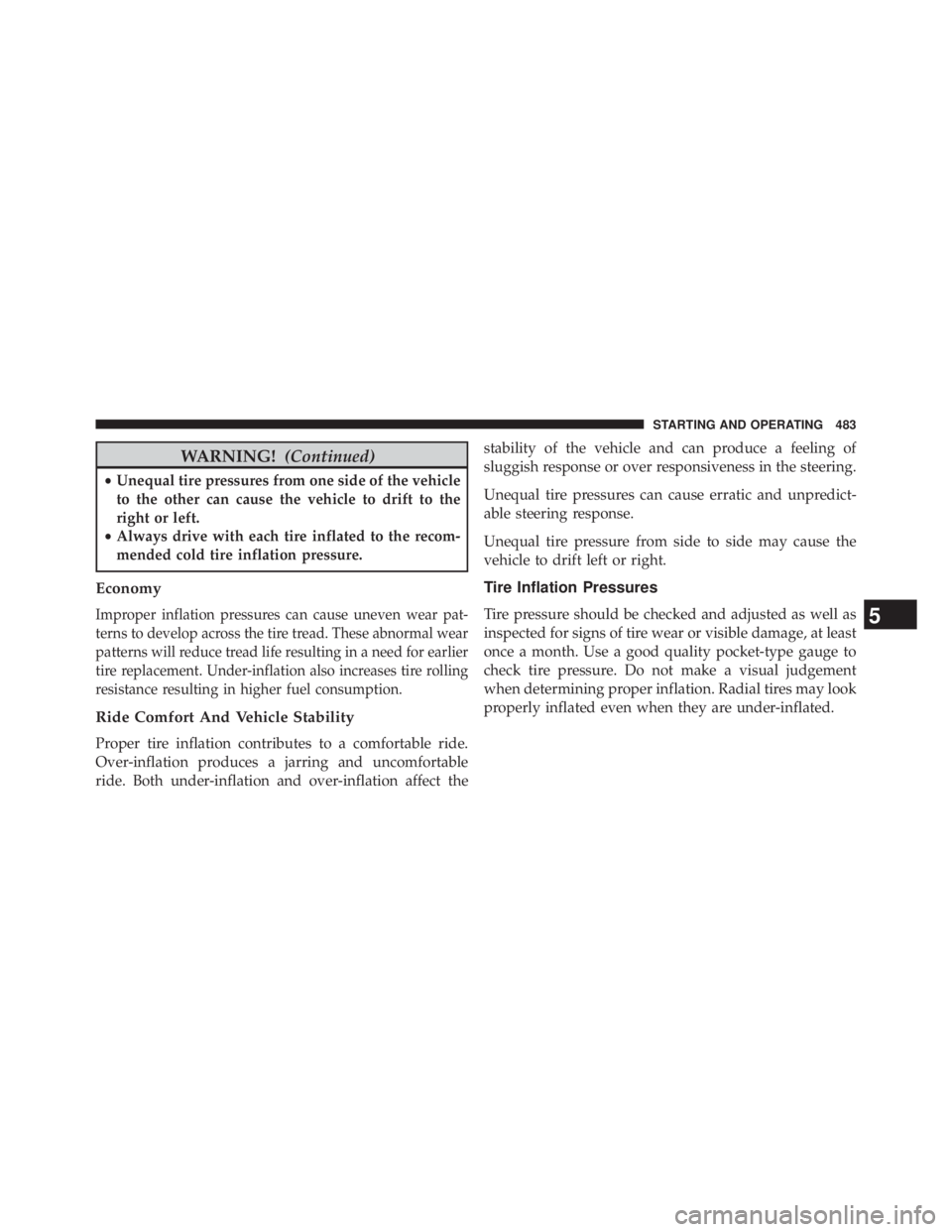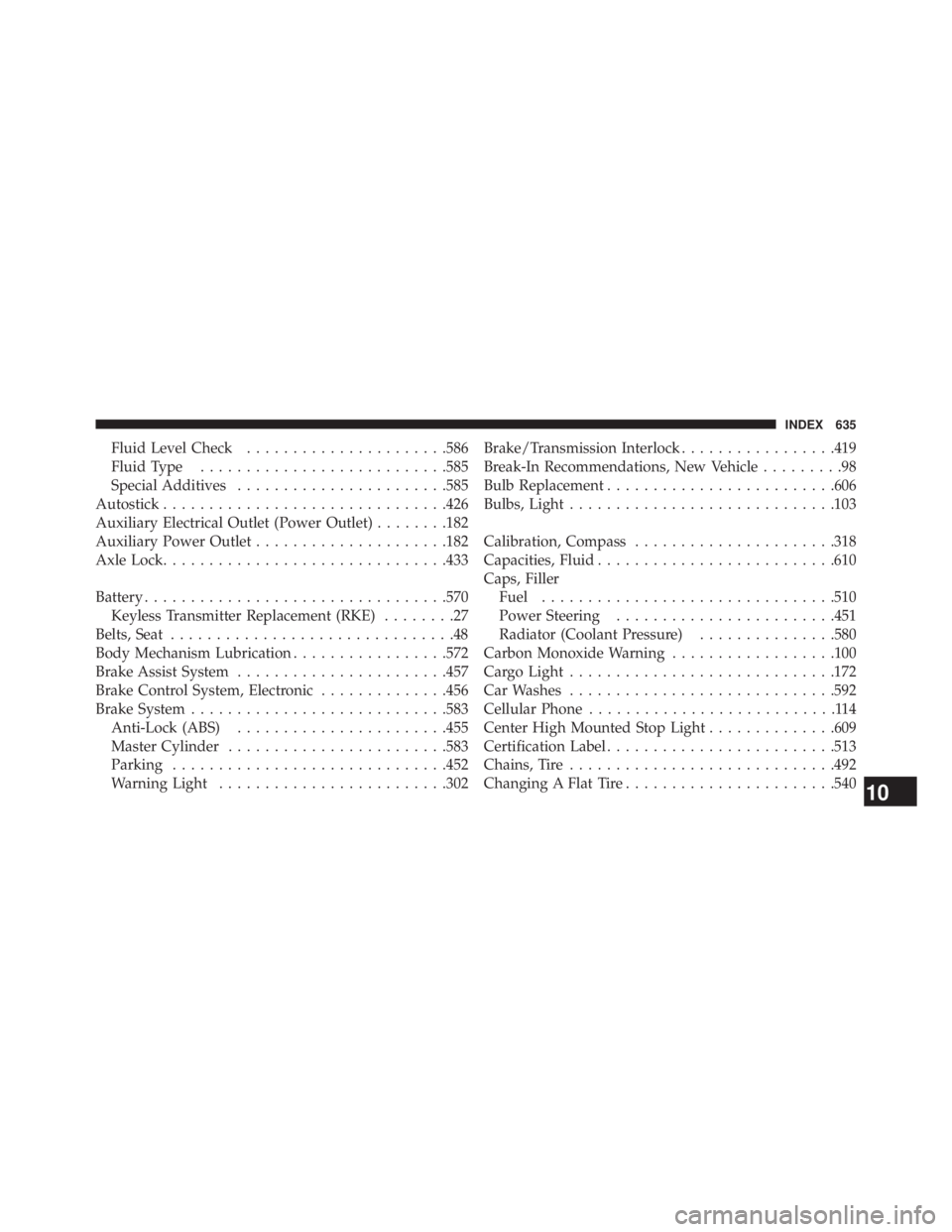fuel type JEEP WRANGLER UNLIMITED 2013 Owners Manual
[x] Cancel search | Manufacturer: JEEP, Model Year: 2013, Model line: WRANGLER UNLIMITED, Model: JEEP WRANGLER UNLIMITED 2013Pages: 655, PDF Size: 9.04 MB
Page 72 of 655

Supplemental Seat-Mounted Side Air Bags (SAB)
Inflator Units — If Equipped
The Supplemental Seat-Mounted Side Air Bags Inflator
Units (if equipped) are designed to activate only in
certain side collisions.
The ORC determines if a side collision requires the side
air bags to inflate, based on several factors, including the
severity and type of collision.
Based on several factors, including the severity and type
of collision, the side air bag inflator on the crash side of
the vehicle is triggered releasing a quantity of non-toxic
gas. The inflating SAB exits through the seat seam into
the space between the occupant and the door. The SAB
fully inflate in about 10 milliseconds. The side air bag
moves at a very high speed and with such a high force
that it could injure you if you are not seated properly, or
if items are positioned in the area where the side air bag
inflates. This especially applies to children. Front And Side Impact Sensors
In front and side impacts, impact sensors can aid the ORC
in determining appropriate response to impact events.
Enhanced Accident Response System
In the event of an impact causing air bag deployment, if
the communication network remains intact, and the
power remains intact, depending on the nature of the
event the ORC will determine whether to have the
Enhanced Accident Response System perform the follow-
ing functions:
• Cut off fuel to the engine.
• Flash hazard lights as long as the battery has power or
until the ignition key is turned off.70 THINGS TO KNOW BEFORE STARTING YOUR VEHICLE
Page 310 of 655

TPMS from functioning properly. Always check the
TPMS malfunction telltale after replacing one or more
tires or wheels on your vehicle, to ensure that the
replacement or alternate tires and wheels allow the TPMS
to continue to function properly.
CAUTION!The TPMS has been optimized for the original
equipment tires and wheels. TPMS pressures and
warning have been established for the tire size
equipped on your vehicle. Undesirable system opera-
tion or sensor damage may result when using re-
placement equipment that is not of the same size,
type, and/or style. Aftermarket wheels can cause
sensor damage. Do not use tire sealant from a can or
balance beads if your vehicle is equipped with a
TPMS, as damage to the sensors may result. 24. Odometer / Trip Odometer Display Area
The odometer display shows the total distance the vehicle
has been driven. The trip odometer shows individual trip
mileage. Refer to “Odometer/Trip Odometer/ECO (Fuel
Saver Indicator) Button” for additional information.
U.S. Federal regulations require that upon transfer of
vehicle ownership, the seller certify to the purchaser the
correct mileage that the vehicle has been driven. If your
odometer needs to be repaired or serviced, the repair
technician should leave the odometer reading the same
as it was before the repair or service. If s/he cannot do so,
then the odometer must be set at zero, and a sticker must
be placed in the door jamb stating what the mileage was
before the repair or service. It is a good idea for you to
make a record of the odometer reading before the repair/
service, so that you can be sure that it is properly reset, or
that the door jamb sticker is accurate if the odometer
must be reset at zero.308 UNDERSTANDING YOUR INSTRUMENT PANEL
Page 414 of 655

WARNING! (Continued)• If the vehicle has a discharged battery, booster
cables may be used to obtain a start from a booster
battery or the battery in another vehicle. This type
of start can be dangerous if done improperly. Refer
to “Jump Starting” in “What To Do In Emergen-
cies” for further information.
Without Tip Start – Manual Transmission Only
If the engine fails to start after you have followed the
“Normal Starting” or “Extreme Cold Weather” proce-
dures, it may be flooded. Push the accelerator pedal all
the way to the floor and hold it there while cranking the
engine. This should clear any excess fuel in case the
engine is flooded. CAUTION!To prevent damage to the starter, do not crank the
engine for more than 15 seconds at a time. Wait 10 to
15 seconds before trying again.
If the engine has been flooded, it may start to run, but not
have enough power to continue running when the key is
released. If this occurs, continue cranking with the accel-
erator pedal pushed all the way to the floor. Release the
accelerator pedal and the key once the engine is running
smoothly.
If the engine shows no sign of starting after two 15-second
periods of cranking with the accelerator pedal held to the
floor, repeat the “Normal Starting” or “Extreme Cold
Weather” procedures.412 STARTING AND OPERATING
Page 485 of 655

WARNING! (Continued)• Unequal tire pressures from one side of the vehicle
to the other can cause the vehicle to drift to the
right or left.
• Always drive with each tire inflated to the recom-
mended cold tire inflation pressure.
Economy
Improper inflation pressures can cause uneven wear pat-
terns to develop across the tire tread. These abnormal wear
patterns will reduce tread life resulting in a need for earlier
tire replacement. Under-inflation also increases tire rolling
resistance resulting in higher fuel consumption.
Ride Comfort And Vehicle Stability
Proper tire inflation contributes to a comfortable ride.
Over-inflation produces a jarring and uncomfortable
ride. Both under-inflation and over-inflation affect the stability of the vehicle and can produce a feeling of
sluggish response or over responsiveness in the steering.
Unequal tire pressures can cause erratic and unpredict-
able steering response.
Unequal tire pressure from side to side may cause the
vehicle to drift left or right.
Tire Inflation Pressures
Tire pressure should be checked and adjusted as well as
inspected for signs of tire wear or visible damage, at least
once a month. Use a good quality pocket-type gauge to
check tire pressure. Do not make a visual judgement
when determining proper inflation. Radial tires may look
properly inflated even when they are under-inflated.
5 STARTING AND OPERATING 483
Page 637 of 655

Fluid Level Check ..................... .586
Fluid Type .......................... .585
Special Additives ...................... .585
Autostick .............................. .426
Auxiliary Electrical Outlet (Power Outlet) ....... .182
Auxiliary Power Outlet .................... .182
Axle Lock .............................. .433
Battery ................................ .570
Keyless Transmitter Replacement (RKE) ........27
Belts, Seat ...............................48
Body Mechanism Lubrication ................ .572
Brake Assist System ...................... .457
Brake Control System, Electronic ............. .456
Brake System ........................... .583
Anti-Lock (ABS) ...................... .455
Master Cylinder ....................... .583
Parking ............................. .452
Warning Light ........................ .302 Brake/Transmission Interlock ................ .419
Break-In Recommendations, New Vehicle .........98
Bulb Replacement ........................ .606
Bulbs, Light ............................ .103
Calibration, Compass ..................... .318
Capacities, Fluid ......................... .610
Caps, Filler
Fuel ............................... .510
Power Steering ....................... .451
Radiator (Coolant Pressure) .............. .580
Carbon Monoxide Warning ................. .100
Cargo Light ............................ .172
Car Washes ............................ .592
Cellular Phone ...........................114
Center High Mounted Stop Light ............. .609
Certification Label ........................ .513
Chains, Tire ............................ .492
Changing A Flat Tire ...................... .540
10 INDEX 635